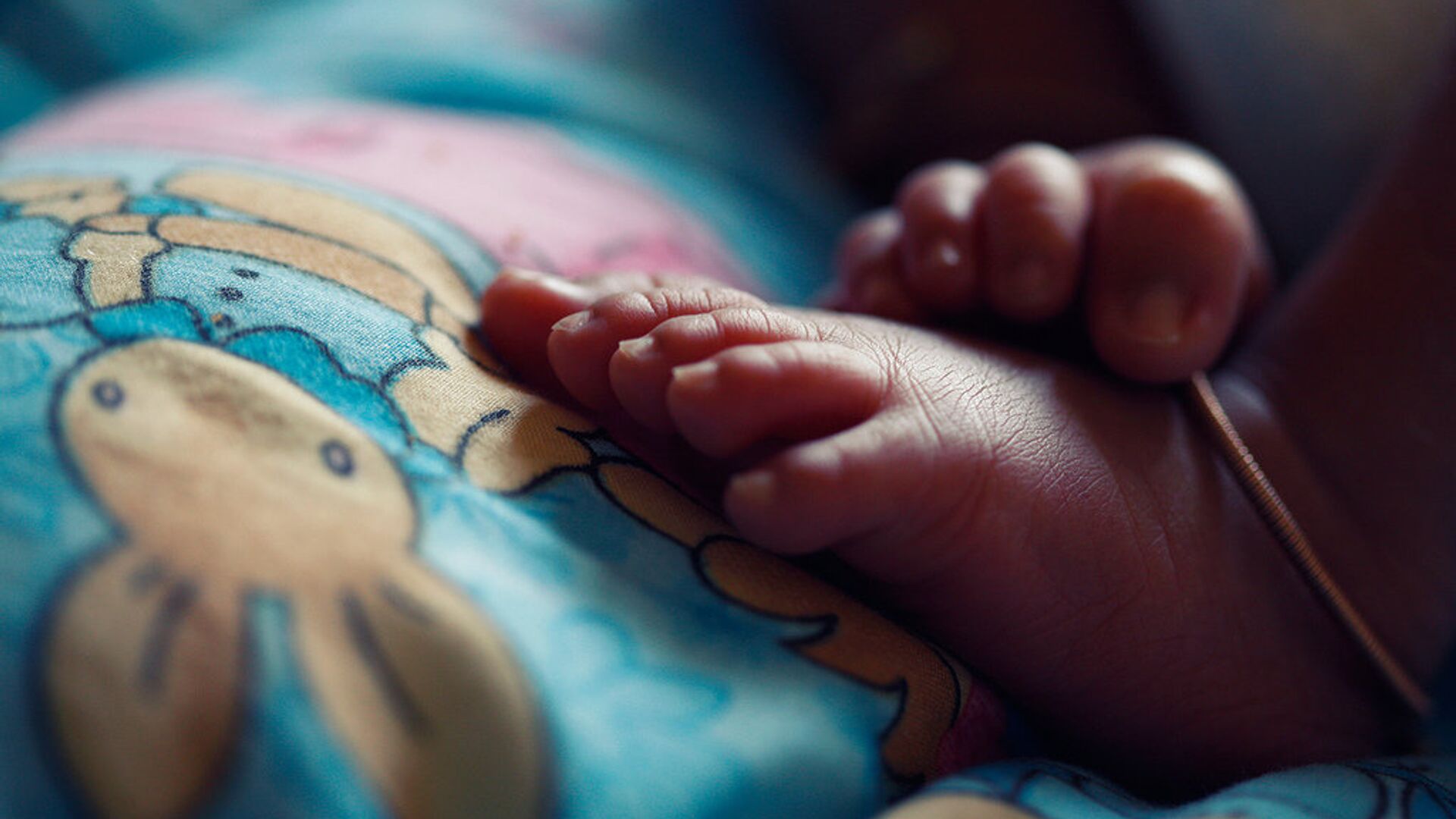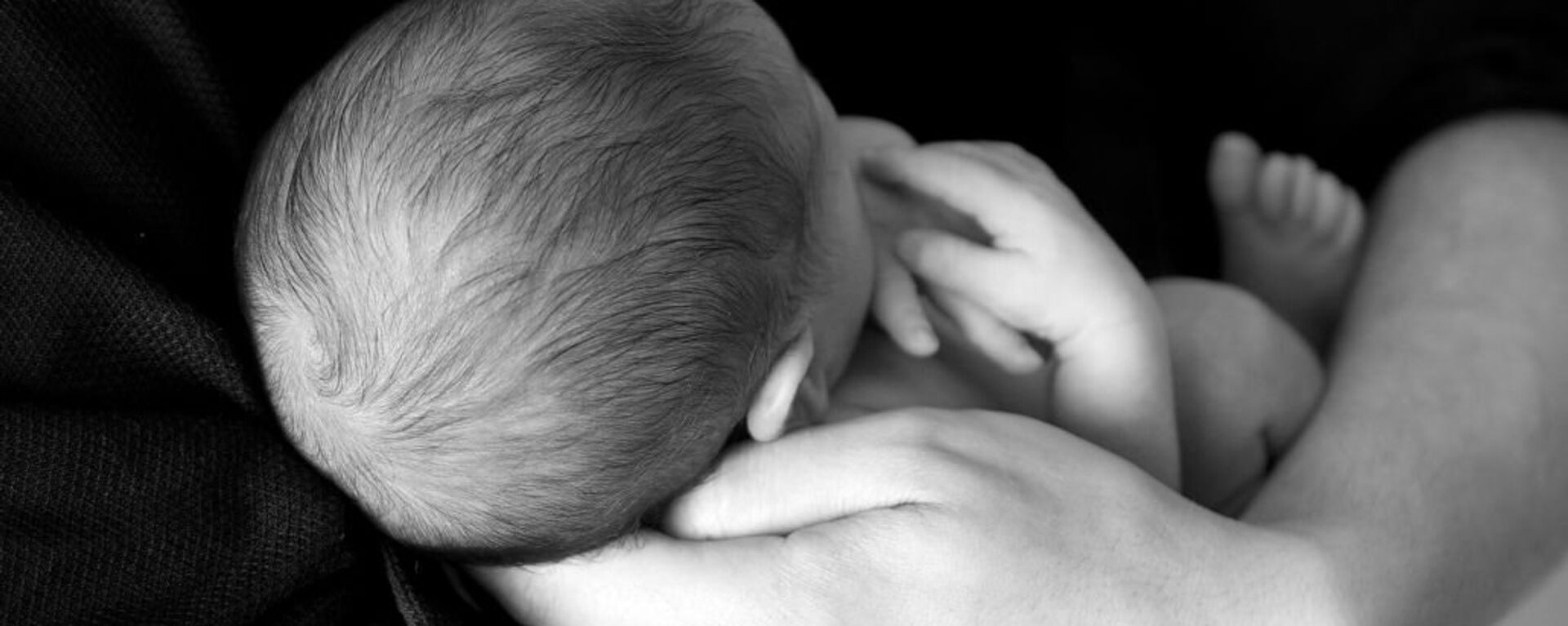https://sputnikglobe.com/20230523/norways-women-asked-for-baby-boom-as-fertility-rates-hit-rock-bottom-1110531976.html
Norway's Women Asked for Baby Boom as Fertility Rates Hit Rock Bottom
Norway's Women Asked for Baby Boom as Fertility Rates Hit Rock Bottom
Sputnik International
Norwegian fertility rates have fallen for a decade straight, pushing the country to increasingly rely on immigration – which is the go-to way across the entire Europe.
2023-05-23T08:49+0000
2023-05-23T08:49+0000
2023-05-23T10:46+0000
beyond politics
norway
west
european union (eu)
childbirth
fertility
babies
https://cdn1.img.sputnikglobe.com/img/105874/99/1058749968_0:54:1024:630_1920x0_80_0_0_c0fd940c374482fd45404430a5ef1d32.jpg
Norway's Minister for Children and Families, Kjersti Toppe, has asked her fellow Norwegian women to dramatically boost births in the Scandinavian country.According to her, the average must grow from of the current rate of 1.41 children per woman to 2.1 – a rate unseen since the 1970s.The Norwegian fertility rate has fallen every single year since 2009, except for 2021, breaking several annual records in a row – despite a record low number of abortions. There have never been fewer children born per woman than now. Moreover, first-time parents have never been older. According to Toppe, when first-time mothers are over 30 years old on average, they don't manage to have an entire flock of children. If the current trend continues, the nation's population will shrink, unless immigration increases to make up for the loss. As of 2022, immigrants to Norway stood at 18.9% of the populace, up from 4.3% merely three decades ago, in 1992. Toppe said she has several ideas to boost the number of babies and is prepared to go to great lengths to implement them.Toppe furthermore insisted that newborn children are "a sign of how successful a society is."In order to speed up the birth rate, the minister has put forward the following measures: strengthening the finances of students and others who receive one-off benefits, offering tax relief to families with more than two children, increasing child benefits and expanding the right to a nursery place.Toppe, herself a mother of six, recalled the years when her children were small, as "busy and strained financially," yet "the richest years" of her life.Demography is a problem plaguing the continent, impacting both Western and Eastern Europe. For instance, Norway's neighbor Finland is experiencing some protracted baby blues, with fertility rates reaching its nadir and eclipsing the one that occurred more than 150 years, coinciding with a famine.In 2020, the total fertility rate across the EU was merely 1.5 births per woman, which is a far cry from the level of natural population reproduction, let alone growth. In recent years, immigration has become the main driving factor behind population growth in many EU countries, resulting in a marked change in demographics, as in neighboring Sweden, where ethnic Swedes are projected to become a minority in metropolitan areas.
https://sputnikglobe.com/20210312/norways-fertility-rate-plummets-to-all-time-low-1082321329.html
norway
west
Sputnik International
feedback@sputniknews.com
+74956456601
MIA „Rossiya Segodnya“
2023
News
en_EN
Sputnik International
feedback@sputniknews.com
+74956456601
MIA „Rossiya Segodnya“
Sputnik International
feedback@sputniknews.com
+74956456601
MIA „Rossiya Segodnya“
fertility rates, demographic problems, baby blues, mass immigration, population issues
fertility rates, demographic problems, baby blues, mass immigration, population issues
Norway's Women Asked for Baby Boom as Fertility Rates Hit Rock Bottom
08:49 GMT 23.05.2023 (Updated: 10:46 GMT 23.05.2023) Norwegian fertility rates have seen a decade-long plunge, pushing the Nordic country to increasingly rely on Europe's current demographic fix-it plan - immigration - to make up for the population loss.
Norway's Minister for Children and Families, Kjersti Toppe, has asked her fellow Norwegian women to dramatically boost births in the Scandinavian country.
According to her, the average must grow from of the current rate of 1.41 children per woman to 2.1 – a rate unseen since the 1970s.
The Norwegian fertility rate has fallen every single year since 2009, except for 2021, breaking several annual records in a row – despite a record low number of abortions. There have never been fewer children born per woman than now. Moreover, first-time parents have never been older. According to Toppe, when first-time mothers are over 30 years old on average, they don't manage to have an entire flock of children.
If the current trend continues, the nation's population will shrink, unless immigration increases to make up for the loss. As of 2022, immigrants to Norway stood at 18.9% of the populace, up from 4.3% merely three decades ago, in 1992.
Toppe said she has several ideas to boost the number of babies and is prepared to go to great lengths to implement them.
"We have to discuss more radical arrangements for families with children in Norway," Toppe said. "It can get quite difficult when I get old and you do get old, because who is left to run the wheels of society?" she asked rhetorically.
Toppe furthermore insisted that newborn children are "a sign of how successful a society is."
In order to speed up the birth rate, the minister has put forward the following measures: strengthening the finances of students and others who receive one-off benefits, offering tax relief to families with more than two children, increasing child benefits and expanding the right to a nursery place.
Toppe, herself a mother of six, recalled the years when her children were small, as "busy and strained financially," yet "the richest years" of her life.
Demography is a problem plaguing the continent, impacting both Western and Eastern Europe. For instance, Norway's neighbor Finland is experiencing some
protracted baby blues, with fertility rates reaching its nadir and eclipsing the one that occurred more than 150 years, coinciding with a famine.
In 2020, the total fertility rate across the EU was merely 1.5 births per woman, which is a far cry from the level of natural population reproduction, let alone growth. In recent years,
immigration has become the main driving factor behind population growth in many EU countries, resulting in a
marked change in demographics, as in neighboring Sweden, where ethnic Swedes are projected to
become a minority in metropolitan areas.



